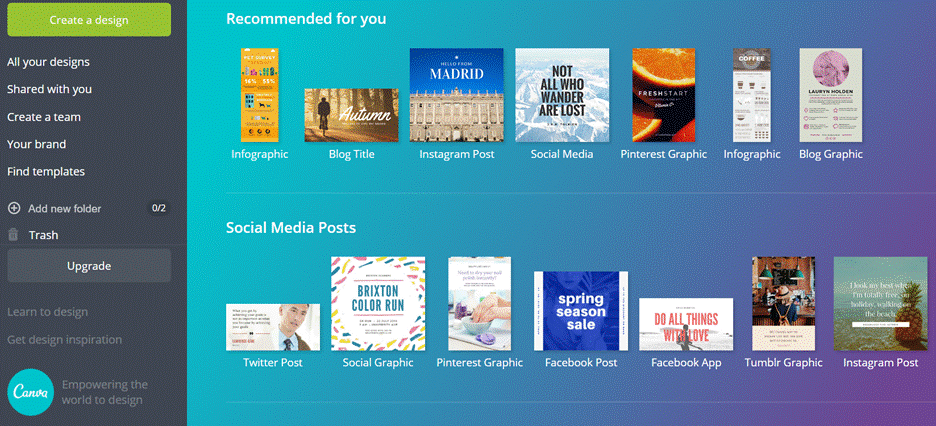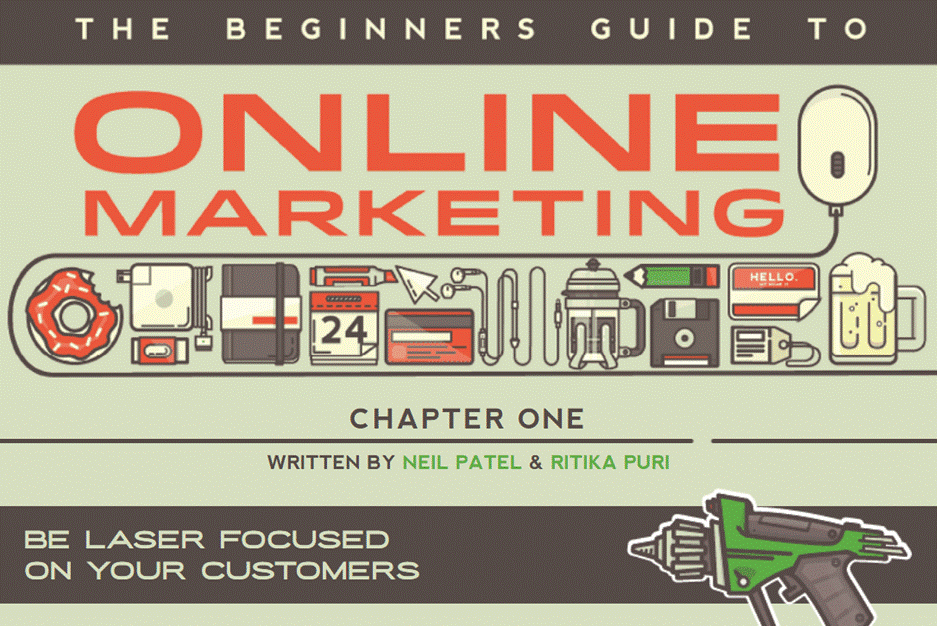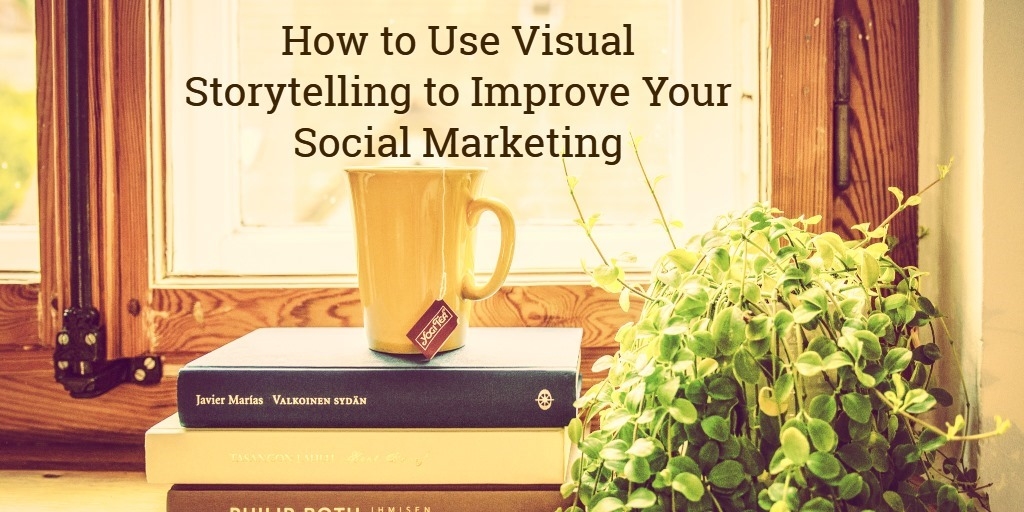As a marketer, you can’t afford to be behind the competition.
You never sleep on the job — you should always be on the lookout for the next avenue for growth.
Statistics show that 74% of marketers incorporate the use of visual content in their social media marketing, and it’s not hard to see why.
Not only are images more effective in capturing the audience’s attention, it also boosts the engagement factor and shareability of content on social media.
However, haphazardly plugging in images into your content is not a turnkey solution that will propel your brand to the top. You still need to develop a solid visual storytelling strategy that aligns with your marketing objectives.
Below are a few tips that will help get the ball rolling.
Never Skimp On Content
A study by BuzzSumo reveals that inserting an image every 75-100 words in a blog post significantly increases traffic and social media shares. You just have to make sure they are relevant to the post’s topic and will not distract them from the core message.
To generate visual assets that can be added to your post, one method is to use an image editing tool like Canva. It works via a drag-and-drop interface and numerous pre-made templates that help you save time.

With Canva, you can easily convert takeaway information such as statistics, quotes, and tips into shareable images. Thanks to its fluid interface, it should be easy to find templates that fit your storytelling needs.
Of course, utilizing handmade visuals with Canva is only a cost-effective alternative to having an in-house graphics team. As much as possible, you should opt for real, original images or photographs that help get your story across.
If you are creating content that provides app tutorials, then — by all means — take step-by-step screenshots using an app like Jing or Evernote Skitch.
Whatever you do, try to rely less on generic stock images that readers have probably seen multiple times elsewhere. This may ruin the authenticity of your brand, especially if 100% of your in-post images are royalty-free.
Be Consistent With A Design Personality
The secret to a successful branding strategy through visual storytelling is consistency — not just in your message, but also with your distinctive style. Doing so will help you build familiarity and establish your credibility as an information source.
For example, the Quick Sprout blog by Neil Patel can be seen using the same visual style and color palette throughout major pieces, like their beginners guide to online marketing:

Remember, all colors, fonts, icons, and even white space all contribute to one content consumption experience. Eventually, your audience will begin to note patterns in your design and tone — making your brand more recognizable wherever you publish.
Leverage Videos
You don’t need to dig deep to know that videos are quite big on social media networks.
According to a study by TechCrunch, Facebook alone sees about 8 billion video views per day — translating to over 100 million hours of video content being consumed.
It’s not rocket science. By rolling together audio, text, and images into one, videos are naturally the most effective and engaging visual content type for storytelling.
There are a number of tools you can use to quickly develop videos without a professional production team:
Another strategy is to host webinars that tackle your audience’s pain points. A webinar platform like Clickmeeting can help you set everything up, including registration pages, subscriptions, and analytics.

In addition to building your authority in your niche, webinars can also be offered through paid subscriptions — allowing you to open up a new stream of passive income. It can also be used to generate buzz and demand for your product or service.
Run Employee Takeovers
Humanizing your brand is a great way to make it more relatable, approachable, and trustworthy in your audience’s eyes. One way to do this is to run social media takeovers led by none other than your employees.
On average, employees have 10x more reach on social media than the company they work for. By granting them full control over your brand’s social media accounts for a day, they can publish a whole slew of relatable content — from Facebook Live videos to Instagram Stories.
But before you hand over the keys to your accounts, you need to set a few things clear:
1. Establish clear goals – First of all, make sure to clarify the objectives of your takeover to prevent things from getting out of hand. The social media posts could revolve around a specific theme or event — whichever makes the most sense for your brand at the moment.
2. Set restrictions – Giving up control of your social media accounts will make you vulnerable to blunders. Fortunately, this can be easily avoided by communicating clear posting guidelines.
3. Incentivize participation – Finally, make sure to offer benefits to employees who’ll contribute to the takeover. A bonus might be the most sensible offer you can make, but you’re free to come up with creative incentives such as a free dinner or sports game tickets.
The post How to Use Visual Storytelling to Improve Your Social Marketing appeared first on Search Engine People Blog.
How to Use Visual Storytelling to Improve Your Social MarketingSearch Engine People Blog
Search Engine People BlogSearch Engine People BlogHow to Use Visual Storytelling to Improve Your Social Marketing
(50)







